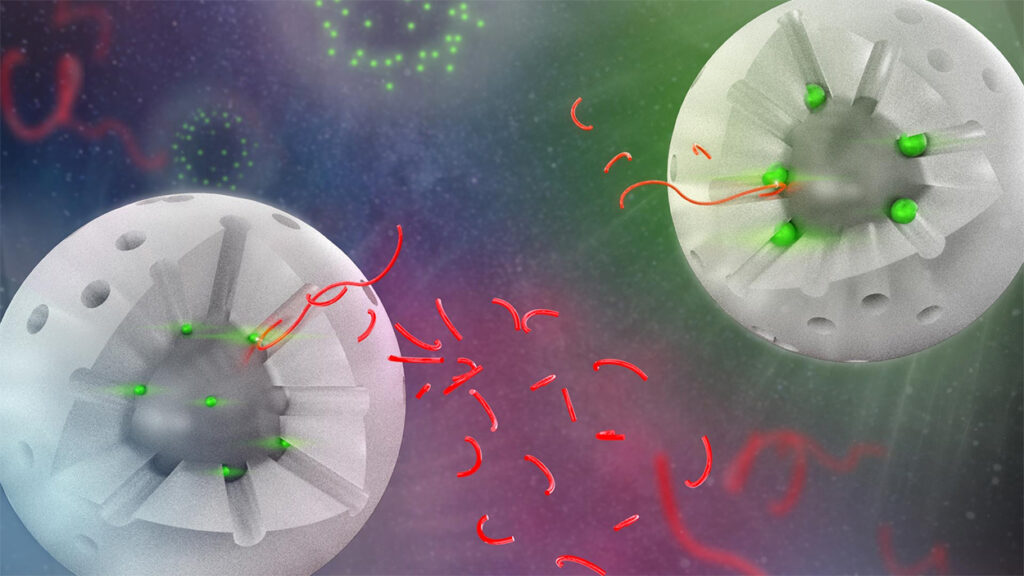Plastic Upcycling with a Novel Catalyst
Plastic is a boon and bane to industries, consumers, and the environment. For years, various groups laud the effectiveness of plastic materials while others are protesting against using various plastics as they deem them harmful to the environment.
Plastics are cheap and economical to produce compared to other mined and forged materials. However, it is a fact that many types of plastics are not biodegradable and could become environmental hazards if not contained.
Thus, many research groups are developing and testing materials that could dissolve or recycle plastics safely. A study published in the ACS Central Science journal outlines their research on plastic upcycling technology. They created a catalyst that could break down plastics to turn them into valuable products.
New catalyst
Scientists in the United States recently created a catalyst that could break down plastic items. The lead research scientists are from Ames Laboratory, an affiliate of Iowa State University and the national laboratory of the U.S. Department of Energy.
In 2020, the team discovered the first processive inorganic catalyst. The catalyst can break down polyolefin plastics into molecules that they can use to develop better products. Since then, they have been working on their discovery and recently developed and tested a strategy to make the transformation faster without any adverse effects on the products.
Deconstruction process
An Ames Laboratory scientist, Wenyu Huang, designed the catalyst originally. The catalyst comprises particles of platinum supported on a core of solid silica. A silica shell with uniform pores surrounds the core, with the pores providing access to the catalyst. The platinum requirement is small, which is a vital factor, as platinum’s supply is limited and its price is prohibitive.
In their experiments to deconstruct plastics, the long polymer chains enter the pores and reach the sites of the catalytic material, breaking the chains into smaller pieces that become new materials instead of plastic. The scientists created three variations of the catalyst and changed the size of the platinum. However, the varying diameter of the platinum particles did not affect the lengths of the product chains.
But there was something unique that they noticed. When the scientists placed the platinum particles at the bottom of the pores, they saw that the smaller platinum particles made the deconstruction faster.
Therefore, the scientists believed it would be easier to adjust the activity independently based on the reactions. They are confident that they could develop a more active catalyst to break down the polymers faster.

What is plastic upcycling?
Upcycling plastic means generating new products and objects from discarded plastics that would otherwise pollute the environment. It can reduce the trash and convert them into more long-lasting and valuable materials. In addition, it can change used low-value plastic materials into new, higher quality and higher-value objects.
With the new catalyst and deconstruction method, scientists say that low-value plastics will become the source of higher quality liquid products, such as cosmetics, detergents, lubricants, and motor oils.
The scientists want to do more studies and tests to understand the system further. They are learning new things as their research progresses. Thus, they want to explore more parameters to ensure that they can increase the production rate.
